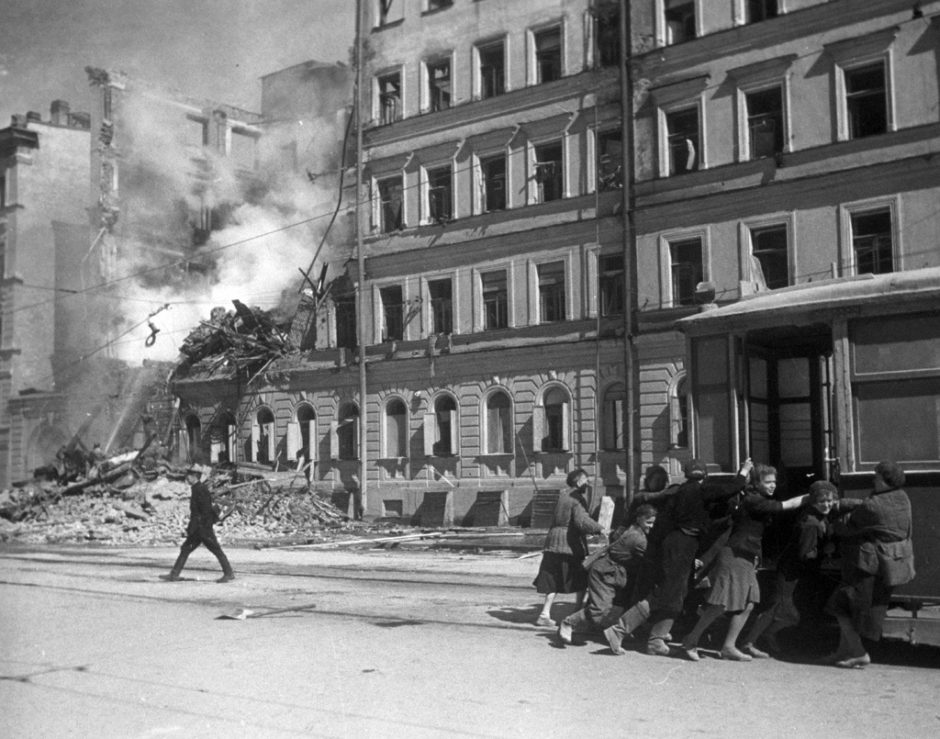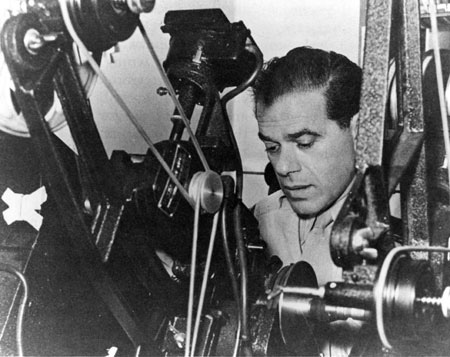
U.S.- Russian relations are in free fall today, the worst they’ve been since the bad old days of the Cold War. Seven decades ago, however, the United States and the Soviet Union were allies, locked in mortal combat against a common enemy, Nazi Germany. This theme is explored by Frank Capra in his rousing 1943 documentary, Why We Fight: The Battle of Russia, the fifth in a series of seven “information films” produced by the U.S. government between 1942 and 1945.
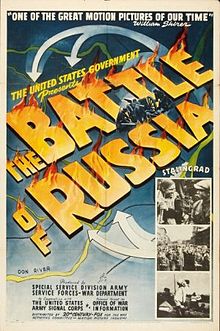
These documentaries, commissioned by General George Marshall, the chief of staff of the U.S. army, were designed to solidify alliances, lift morale and blacken the images of Germany and its Axis partners, Italy and Japan.
The Battle of Russia, which I saw on Netflix, examines a country whose political and economic system was anathema to the American government and its power elite, the so-called deep state. Fervently opposed to Communism, Washington did not establish diplomatic relations with the Soviet Union until the early 1930s. But after its entry into World War II, the United States rallied behind the Soviet Union, which was invaded by Germany on June 22, 1941.
The Russians, in this one hour-and- twenty- two- minute film, are generously described as a courageous, patriotic and resilient people who’ve resisted invasions down through the centuries and who’ve now shattered “the legend of Nazi invincibility.” By 1943, the Red Army had pushed back the Wehrmacht — which seized 500,000 square miles of Soviet territory in 1941 and 1942 — and was on the ascendancy after several important battlefield victories.
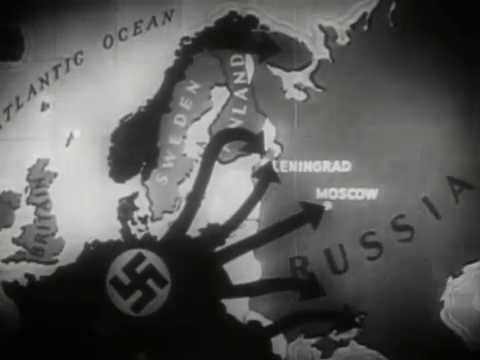
In a brief historical survey, the film informs viewers of the foreign armies, from the Teutonic Knights in 1242 to Napoleon’s legions in 1812, that have coveted Russian land. Russia was a tantalizing target due to its bountiful mineral resources and rich black soil, ideal for the cultivation of a multitude of crops ranging from grain to cotton.
Narrator Walter Huston points out that the Russian population of 193 million is composed of every race and creed, speaking more than 100 languages. Clips of the Soviet Union’s vast array of ethnic groups, some in their colorful national costumes, illustrate this point.
German aggression is the leitmotif of The Battle of Russia, but mercenary German allies — Hungary and Romania in particular — come under critical scrutiny as well.
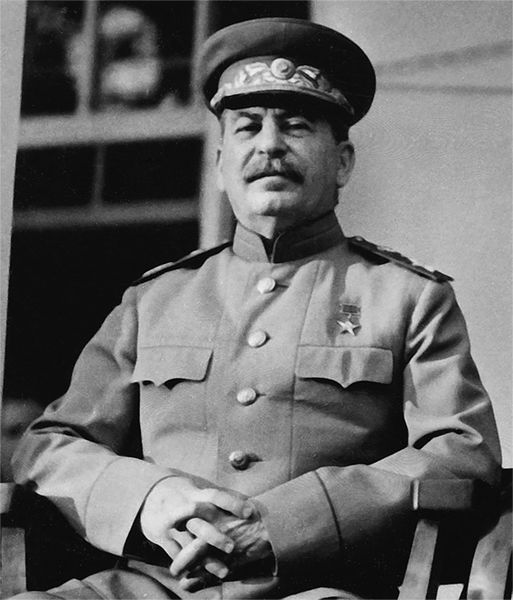
Tellingly enough, Soviet Communism is airbrushed out of existence, and Joseph Stalin, the supreme leader, is mentioned only once in passing. The emphasis is on the indomitable spirit of the Russians and the fighting ability of its soldiers and partisans.
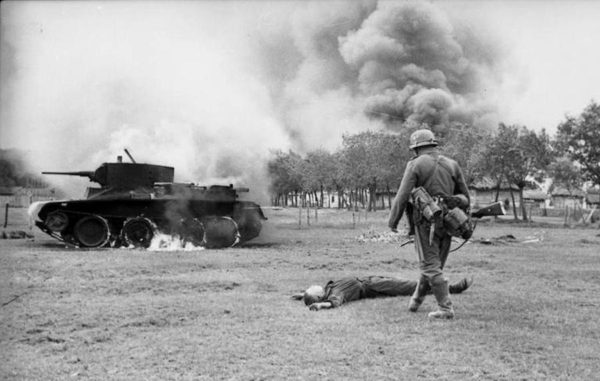
The Russian Orthodox Church, which was repressed and then tightly regulated, is seen as a loyal adjunct of the Soviet government.
Capra uses war footage and martial music to good effect. Artillery batteries fire in unison. Aircraft fly elegantly in formation. Tanks surge forward remorselessly. Cavalrymen on horseback charge ahead fearlessly. Infantrymen advance relentlessly.
As the tide of the war in Russia turns against the Germans, ordinary folk greet Red Army troops rapturously and family and friends are reunited. The camera also pans on gutted towns and disfigured corpses. Cries for vengeance resound: Blood for blood! Death for death!
The massacre of hundreds of thousands of Soviet Jews by Nazi forces goes unmentioned.
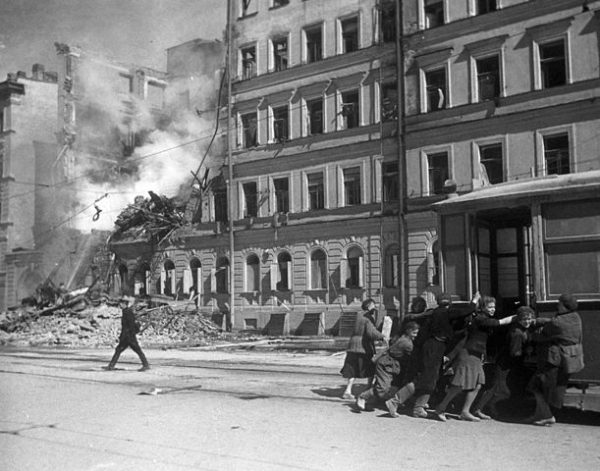
The long and horrible German siege of Leningrad is recounted in grim and heroic detail, as is the pivotal battle of Stalingrad, which marked a definite turning point in the war. The Soviets intensify their offensive, and the reversal of fortune is best exemplified in a spine-tingling scene in which thousands of rounds of high-powered rockets are fired from katyushas.
The message of The Battle of Russia is unmistakable: the Nazis will be steadfastly and heroically resisted until they’re crushed.
As war propaganda, it’s stirring stuff.
